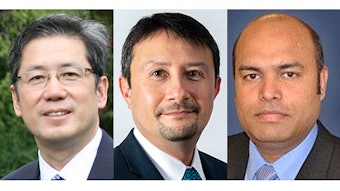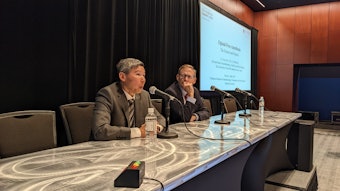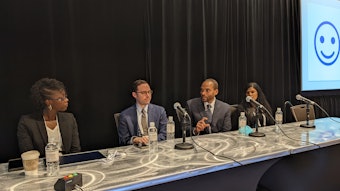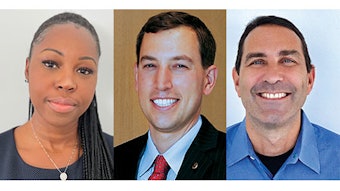'Wild West': Anesthesia in the dental office
Don’t miss the red flags

As anesthesia is increasingly used in dental offices, the risk for young patients receiving anesthesia or sedatives becomes greater, and the number of adverse events rises. Preparing for that was the subject of the Monday session “Anesthesia Expansion in the 'Wild West': Pioneering the Dental Offices.”
Keira P. Mason, MD, of Boston Children’s Hospital, explored a variety of studies detailing adverse events with anesthesia in dental offices. She pointed to one of media coverage reporting on adverse events from 1980 to 2011 that found 44 deaths, half in the 2-5-year-old range, and most were for fairly simple dental procedures. Of the patients who died, half had only received moderate sedation.
Dr. Mason said one of the root causes of such adverse events includes missed red flags in the pre-sedation evaluation, such as the child having an upper-respiratory infection within two weeks of the procedure. Other red flags include the office not having a sedation plan, effective monitoring, rescue procedure, or an overall culture of safety.
“Respiratory tract infection in a patient within two weeks of anesthesia doubles the risk of an adverse event,” she said. She also said the patient should be evaluated for a history of postoperative nausea, motion sickness, and obstructive sleep apnea, which are good predictors of risk.
“Look at them for having any breathing issues. Not every child that snores has sleep-disordered breathing. It is really important to do a pre-anesthesia risk assessment,” she said.
And she encouraged the audience to always prepare for emergency situations. “Do simulations regularly. Have well-structured teams. If you do not have a team that you are used to working with, you have a 1.5-times increase in having an adverse event,” she said.
Likening anesthesia in dental offices to the real estate mantra of location, location, location, Michael Mashni, DDS, in private practice in California, said, “It’s safety, safety, safety.”
“No one size fits all. How far do we take it?” he asked. It depends on the type of procedure you are doing, insurance coverage, state regulation, and more, he added.
Dr. Mashni quoted a line from Leo Houlding in the film Fine Lines: “There is a fine line between bad ass and dumb ass. There is a fine line between bravery and stupidity, and it is not easy to recognize where that line is, but you know when you cross it.” His quote applied to climbing sheer rock faces with ropes.
“I would say the same applies to education and experience levels in anesthesia in dental offices,” Dr. Mashni said. He pointed to prerequisites for dental anesthesia assistants that sometimes allow them to take on weighty tasks with often limited education. They can draw up medications, monitor the patient, and administer drugs such as propofol, fentanyl, ketamine, and barbiturates.
“We are very privileged in the United States because we are one of three countries in the world – Canada, Japan, and the United States – that anesthesia can be administered outside the OR,” said Jason Brady, DMD, who is in private practice in Arizona.
With that privilege comes responsibility. He focused on emergency management in office-based settings with anesthesia. He encouraged extra attention to safety, including team drills, transfer protocols, and immediate availability of drugs, equipment, and knowledge.
“Many times, your office teams have never experienced an emergency situation with anesthesia, and they may not even know where the necessary equipment is,” said Dr. Brady.
Dr. Brady introduced an application called Ten Minutes Saves a Life, an ADSA Anesthesia Research Foundation initiative designed to optimize patient safety and outcomes in office medical emergencies. He said the program supports crisis resource management team training in the use of emergency drugs and equipment during the critical 10-minute interval between recognition of a patient’s medical emergency and arrival of EMS personnel.
Finally, he encouraged the audience to stay current on guidelines and society information, such as the ASA Standards for Basic Anesthetic Monitoring.
Visit Annual Meeting Daily News for more articles.











